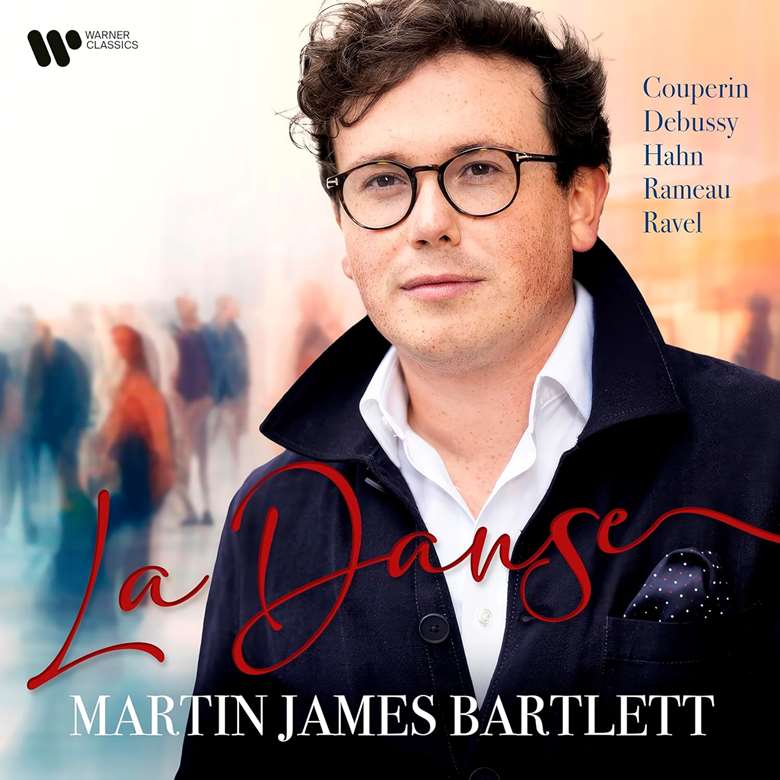‘La Danse’ (Martin James Bartlett)
Jed Distler
Friday, March 8, 2024
One of the most playful sprints through Ravel’s La valse I’ve heard

Has Martin James Bartlett been taking dance classes? At least his fingers know how to turn out a proper pavane, or comport themselves in a gavotte. The elegant diction of his trills and melodic cogency in the ‘Gavotte et Six Doubles’ from Rameau’s A minor Suite are a case in point. So is the understated steadiness of Ravel’s Pavane, although close listening reveals a soupçon of a rubato or a lift here and there. By contrast, Bartlett’s deliberation over Couperin’s ceaselessly fascinating ‘Les barricades mystérieuses’ features ample leeway and the most seductively murmuring bass lines.
The Prélude of Ravel’s Le tombeau de Couperin makes its points less through speed than arrestingly varied articulation and striking choices in regard to when not to apply pedal. The Fugue’s contrapuntal lines sound bowed rather than hammered, seemingly emitting from different instruments; here I prefer Jean-Yves Thibaudet’s faster tempo and more fastidious attention to Ravel’s phrasing. Aside from a tendency to rush ever so slightly within certain crescendos, the Forlane’s easy flow and exquisite tonal application impress. The Rigaudon’s outer sections recall Bertrand Chamayou’s emphatic insouciance, albeit less brashly. Bartlett feels the Menuet in one beat to a bar, and his uncommon observance of the rests imparts an attractively angular lilt to the writing. While the concluding Toccata struts its dapper stuff with sharp dynamic contrasts, close scrutiny reveals one or two instances of uneven repeated notes, which will only concern policeman-like reviewers like yours truly.
In the two little pieces comprising Reynaldo Hahn’s Le ruban dénoué (‘The Ribbon Untied’) Bartlett teams up with Alexandre Tharaud, and they work hand in glove, meshing perfectly and stylishly. This leads into one of the most playful sprints through Ravel’s La valse I’ve heard. Bartlett delights in pointing up the sudden surges, together with adrenaline-pumping glissandos, jolting accents in all directions and dangerously detonated bass notes. Some of Bartlett’s most striking colouristic effects occur when he releases the pedal midway through an upward run or a decorative flourish. Sometimes little pauses between episodes telegraph a sudden change of mood or lessen the shock of an unexpected sforzando. And one could argue that Bartlett’s crazy abandon in the final peroration is more of a wild afterthought than an inevitable climax.
For this reason, I find the comparable textural layering of Roger Muraro’s recording to have stronger architectural integrity. And for untrammelled classicism, the recordings by Leonard Pennario and Abbey Simon remain touchstones. On the whole, however, Bartlett’s third Warner Classics release fulfils the promise displayed in the stunning Prokofiev Seventh Sonata that highlighted his debut album.
This article originally appeared in the Spring 2024 issue of International Piano. Never miss an issue – subscribe today







